Actividad antimicrobiana de aceite de pimienta gorda (Pimienta dioica L. Merril) para el control de bacterias patógenas: evaluación in vitro e in silico
Resumen
La pimienta gorda (Pimienta dioica L. Merrill) es una fuente de aceite esencial de pimienta (AEP), con Eugenol como su componente dominante. Este estudio fue diseñado para evaluar la actividad antibacteriana del AEP contra cepas bacterianas patógenas de Escherichia coli y Salmonella sp. El AEP se obtuvo por hidrodestilación de pimienta gorda. La actividad antimicrobiana se determinó utilizando el método de difusión de sonido con concentraciones de AEP de 25, 50, 75 y 100 %, con eugenol comercial (96 %) como control. Las bacterias se sembraron en placas y se incubaron a 35 ± 2 °C durante 48 h. Se realizó un estudio de simulación in silico de eugenol y fosfatidilcolina, un componente de la membrana celular de bacterias Gram-negativas, utilizando cálculos cuánticos. La actividad más alta se observó con 75% de AEP para E. coli (8,3 ± 0,2 mm) y 100% para Salmonella sp. (15,1 ± 0,2 mm). Se demostró la interacción molecular entre el eugenol y la fosfatidilcolina, lo que explica el efecto antimicrobiano del aceite de pimienta gorda. Estos hallazgos sugieren que el AEP podría ser una herramienta potencial para controlar las bacterias patógenas en la industria alimentaria, y se necesitan más investigaciones para evaluar su impacto sensorial en los alimentos y sus aplicaciones prácticas en la seguridad alimentaria.
Descargas
Citas
Ahuactzin-Pérez, M., Tlecuitl-Beristain, S., García-Dávila, J., Santacruz-Juárez, E., González-Pérez, M., Gutiérrez-Ruíz, M. C., & Sánchez, C. (2018). A novel biodegradation pathway of the endocrine-disruptor di (2-ethyl hexyl) phthalate by Pleurotus ostreatus based on quantum chemical investigation. Ecotoxicology and Environmental Safety, 147, 494-499.
https://doi.org/10.1016/j.ecoenv.2017.09.004
Andrade, B., Ferreira, V., Cardoso, G., Andrade, M., Ramos, A., Cardoso, M., & Ramos, E. (2023). Allspice (Pimenta dioica Lindl) leaves essential oil as a potential antioxidant and antimicrobial source for use in mechanically deboned poultry meat. Brazilian Journal of Food Technology.
https://doi.org/10.1590/1981-6723.12522.
Ashrafudoulla, M., Mizan, M., Ha, A., Park, S., & Ha, S. (2020). Antibacterial and antibiofilm mechanism of eugenol against antibiotic resistance Vibrio parahaemolyticus. Food microbiology, 91, 103500. https://doi.org/10.1016/j.fm.2020.103500
Bai, X., Li, X., Liu, X., Xing, Z., Su, R., Wang, Y., Xia, X., & Shi, C. (2022). Antibacterial effect of eugenol on Shigella flexneri and its mechanism. Foods, 11.
https://doi.org/10.3390/foods11172565
Barco, M. (1998). La pimienta de Jamaica [Pimenta dioica (L.) Merrill, Myrtaceae] en la Sierra Norte de Puebla (México). Anales Del Jardin Botanico De Madrid, 56, 337-350. https://doi.org/10.3989/AJBM.1998.V56.I2.238
Chaudhari, A.K., Singh, V.K., Dwivedy, A.K., Das. S., Upadhvay, N., sigh, A., Dkhar, M.S., Kayang, H., Prakash, B. and Dubey, N.K. (2020). Chemically characterised Pimienta dioica (L.) Merr. Essential oil as a novel plant based antimicrobial against fungal and aflatoxin B1 contamination of stored maize and its possible mode of action. Natural Product Research, 34 (5), 745-749. PMid:30421964.
http://dx.doi.org/10.1080/14786419.2018.1499634.
Devi, K., Nisha, S., Sakthivel, R., & Pandian, S. (2010). Eugenol (an essential oil of clove) acts as an antibacterial agent against Salmonella typhi by disrupting the cellular membrane.. Journal of Ethnopharmacology, 130 1, 107-15. https://doi.org/10.1016/j.jep.2010.04.025
Devi, K., Sakthivel, R., Nisha, S., Suganthy, N., & Pandian, S. (2013). Eugenol alters the integrity of cell membrane and acts against the nosocomial pathogen Proteus mirabilis. Archives of Pharmacal Research, 36, 282-292. https://doi.org/10.1007/s12272-013-0028-3
Du, W., Olsen, C., Avena-Bustillos, R., Mchugh, T., Levin, C., & Friedman, M. (2009). Effects of allspice, cinnamon, and clove bud essential oils in edible apple films on physical properties and antimicrobial activities. Journal of Food Science, 74 7, M372-8. https://doi.org/10.1111/j.1750-3841.2009.01282.x
González-Pérez, M., Hernandez-Valencia, C. G., Rodriguez-Martinez, G., Carriles-Perez, A., D., Ortega-Sanchez, C., Andonegui-Elguera, M. A. & Sanchez-Sanchez, R. (2024). Study of the chemical-quantum interactions of allicin (garlic) and amino acids in the human body. World Journal of Phaymaceutical Research, 13(13), 74-82. https://www.wjpr.net/abstract_file/26177
Jeyakumar, E., & Lawrence, R. (2020). Mechanisms of bactericidal action of eugenol against Escherichia coli. Journal of Herbal Medicine, 100406.
https://doi.org/10.1016/j.hermed.2020.100406
Kim, E., Oh, C., Koh, S., Kim, H., Kang, K., Park, P., Jang, M., Lee, H., & Park, I. (2016). Antifungal activities after vaporization of ajowan (Trachyspermum ammi) and allspice (Pimenta dioica) essential oils and blends of their constituents against three Aspergillus species. Journal of Essential Oil Research, 28, 252 - 259. https://doi.org/10.1080/10412905.2015.1110062.
Lorenzo-Leal, A., Palou, E., & López‐Malo, A. (2019). Evaluation of the efficiency of allspice, thyme and rosemary essential oils on two foodborne pathogens in in-vitro and on alfalfa seeds, and their effect on sensory characteristics of the sprouts. International Journal of Food Microbiology, 295, 19-24. https://doi.org/10.1016/j.ijfoodmicro.2019.02.008
Tandazo Cuenca, T. J., Carchi Tandazo, T. A., Beltrán Balarezo, C. E., Yánez Romero, M. E., & Lapo Calderón, B. G. (2024). Estrategias de Aprendizaje para Mejorar la Comprensión de Progresiones Aritméticas en Estudiantes de Educación Superior . Estudios Y Perspectivas Revista Científica Y Académica , 4(1), 15–32. https://doi.org/10.61384/r.c.a.v4i1.69
Garrochamba Peñafiel , B. D. (2024). Factores de Riesgo Asociados a Diabetes Mellitus Tipo 2. Revista Científica De Salud Y Desarrollo Humano, 5(2), 101–115. https://doi.org/10.61368/r.s.d.h.v5i2.123
Tandazo Cuenca, T. J., Carchi Tandazo, T. A., Beltrán Balarezo, C. E., Yánez Romero, M. E., & Lapo Calderón, B. G. (2024). Estrategias de Aprendizaje para Mejorar la Comprensión de Progresiones Aritméticas en Estudiantes de Educación Superior . Estudios Y Perspectivas Revista Científica Y Académica , 4(1), 15–32. https://doi.org/10.61384/r.c.a.v4i1.70
Martínez, O., Aranda , R., Barreto , E., Fanego , J., Fernández , A., López , J., Medina , J., Meza , M., Muñoz , D., & Urbieta , J. (2024). Los tipos de discriminación laboral en las ciudades de Capiatá y San Lorenzo. Arandu UTIC, 11(1), 77–95. Recuperado a partir de https://www.uticvirtual.edu.py/revista.ojs/index.php/revistas/article/view/179
v, H., & Quispe Coca, R. A. (2024). Tecno Bio Gas. Horizonte Académico, 4(4), 17–23. Recuperado a partir de https://horizonteacademico.org/index.php/horizonte/article/view/14
Da Silva Santos , F., & López Vargas , R. (2020). Efecto del Estrés en la Función Inmune en Pacientes con Enfermedades Autoinmunes: una Revisión de Estudios Latinoamericanos. Revista Científica De Salud Y Desarrollo Humano, 1(1), 46–59. https://doi.org/10.61368/r.s.d.h.v1i1.9
Macía, M. (1998). La pimienta de Jamaica [Pimenta dioica (L.) Merrill, Myrtaceae] en la Sierra Norte de Puebla (México). https://doi.org/10.3989/AJBM.1998.V56.I2.238
Milenković, A., Stanojević, J., Stojanović-Radić, Z., Pejčić, M., Cvetković, D., Zvezdanović, J., & Stanojević, L. (2020). Chemical composition, antioxidative and antimicrobial activity of allspice (Pimenta dioica (L.) Merr.) essential oil and extract. Advanced Technologies. https://doi.org/10.5937/savteh2001027m
Murali, V.S., Devi, V.N.M., Parvathy, P. and Murugan, M. (2021). Phytochemical screening, FTIR spectral analysis, antioxidant and antibacterial activity of leaf extract of Pimienta dioica Linn, Materials Today: Proceedings, 45, 2166-2170.
OMS (2017). La OMS publica la lista de las bacterias para las que se necesitan emergentemente nuevos antibióticos. [Internet]. 2017 Consultado: 17 de febrero del 2025; Disponible en:
http://www.who.int/mediacentre/news/releases/2017/bacteria-antibiotics-needed/es/.
Podnecky, N., Fredheim, E., Kloos, J., Sørum, V., Primicerio, R., Roberts, A., Rozen, D., Samuelsen, Ø., & Johnsen, P. (2018). Conserved collateral antibiotic susceptibility networks in diverse clinical strains of Escherichia coli. Nature Communications, 9. https://doi.org/10.1038/s41467-018-06143-y
Serra, V. M.A. (2017). La resistencia microbiana en el contexto actual y la importancia del conocimiento y aplicación en la política antimicrobiana. Revista Habanera de Ciencias Médicas, 16(3), 402-419. Recuperado en 05 de febrero de 2025, de
http://scielo.sld.cu/scielo.php?script=sci_arttext&pid=S1729-519X2017000300011&lng=es&tlng=es.
Van Opijnen, T., Dedrick, S., & Bento, J. (2016). Strain dependent genetic networks for antibiotic-sensitivity in a bacterial pathogen with a large pan-genome. PLoS Pathogens, 12. https://doi.org/10.1371/journal.ppat.1005869
Wang, J., Ma, W. & Wang, X. (2021). Insights into the structure of Escherichia coli outer membrane as the target for engineering microbial cell factories. Microb Cell Fact 20, 73.
https://doi.org/10.1186/s12934-021-01565-8
Wińska, K., Mączka, W., Łyczko, J., Grabarczyk, M., Czubaszek, A., & Szumny, A. (2019). Essential oils as antimicrobial agents—myth or real alternative?. Molecules, 24. https://doi.org/10.3390/molecules24112130.
Derechos de autor 2025 Diana Gómez Flores, Alfredo Salvador Castro Díaz, Laura Maryoris Aguilar Veloz, José Arturo Olguín Rojas, Manuel González Pérez

Esta obra está bajo licencia internacional Creative Commons Reconocimiento 4.0.











.png)
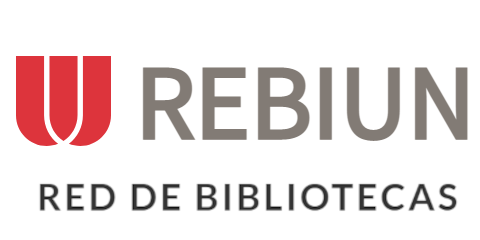









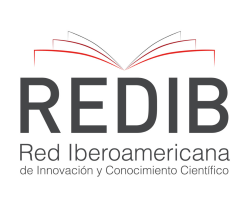


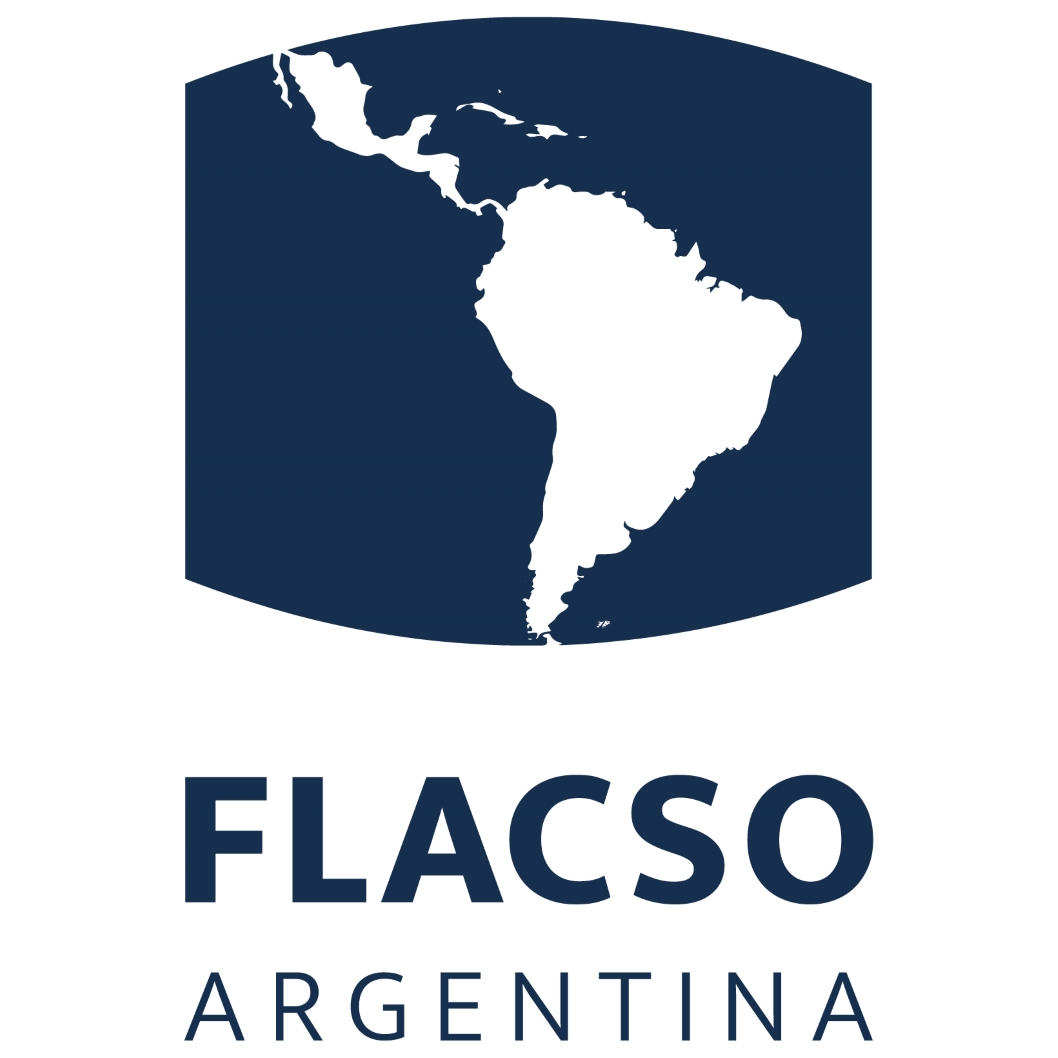

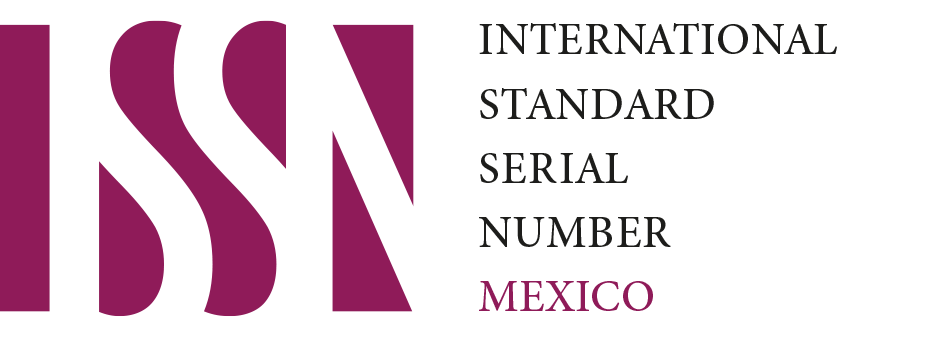
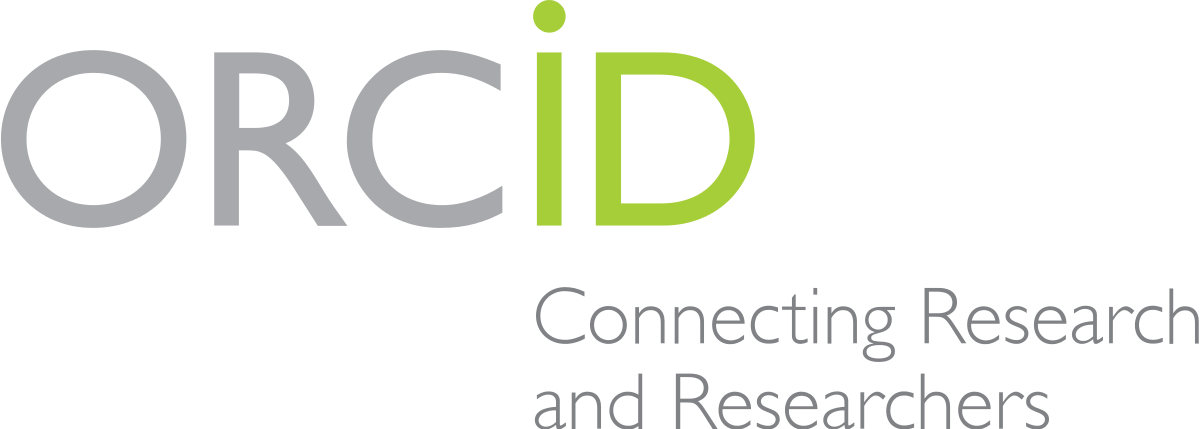



.png)
1.png)


